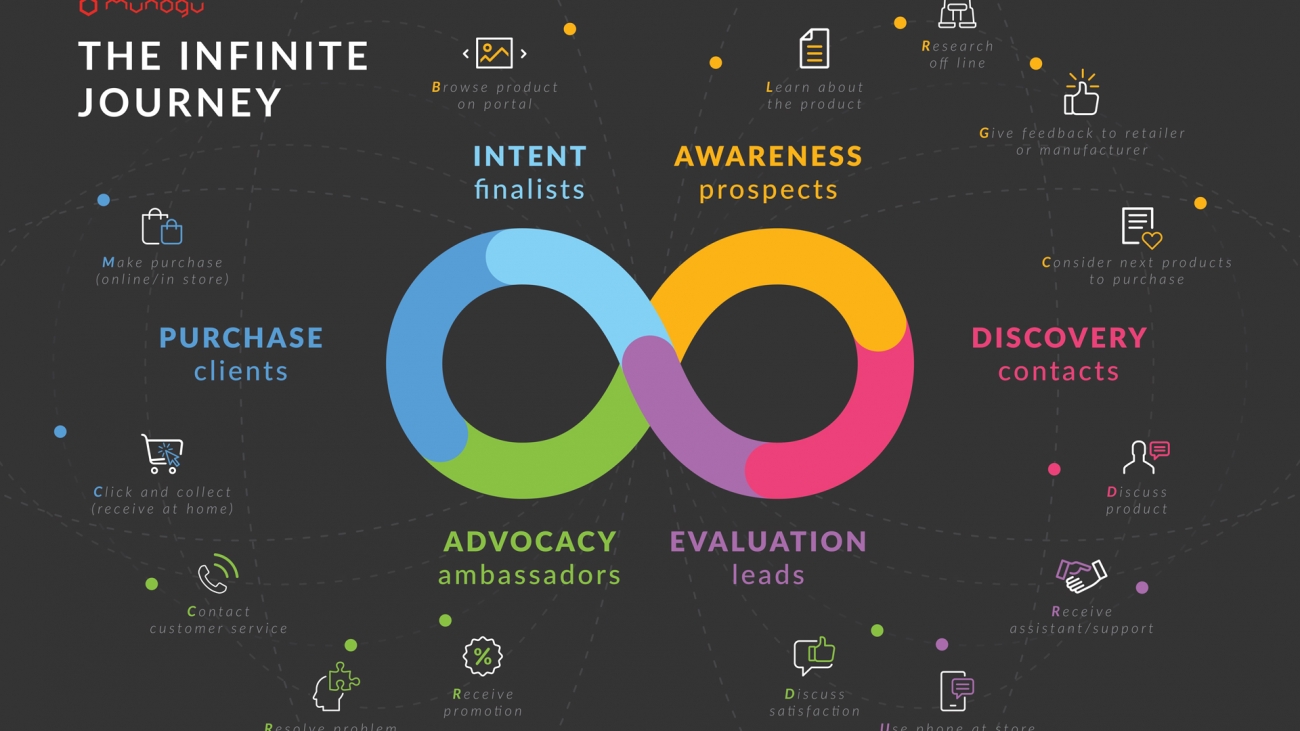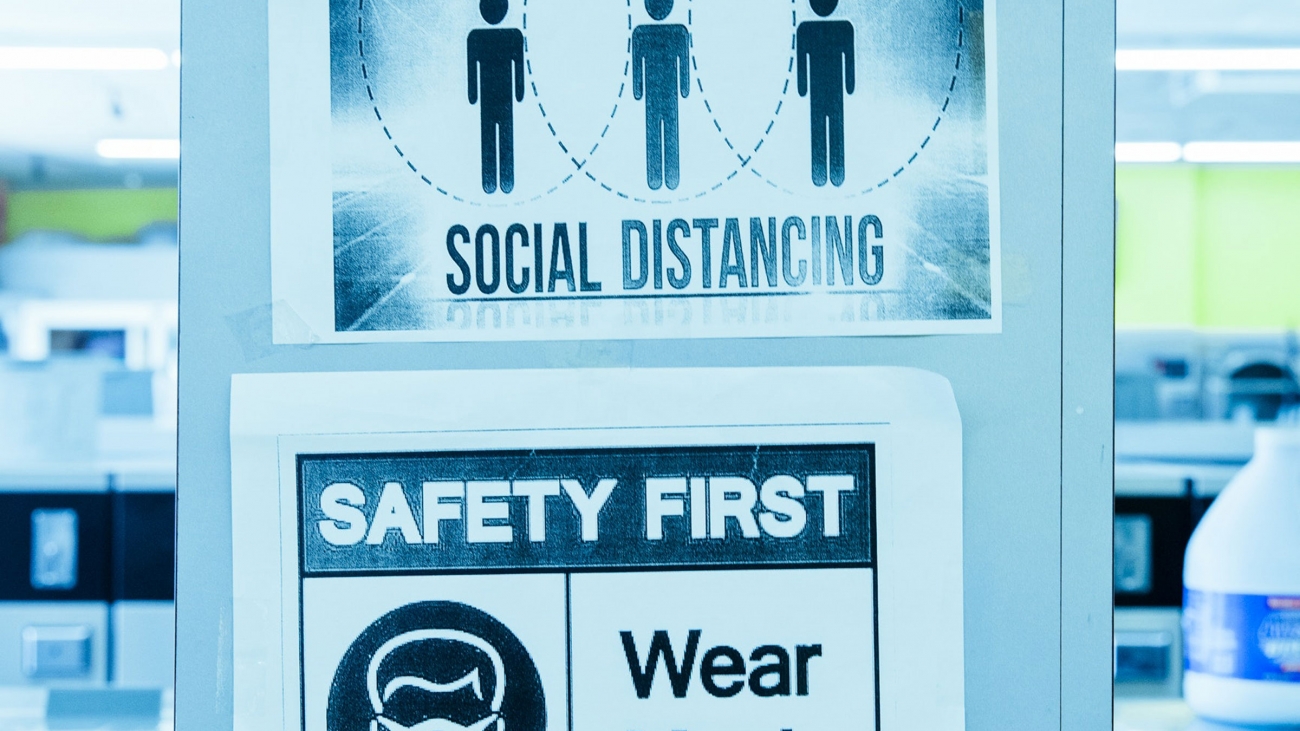
The in-store experience leverages innovation.
Artificial intelligence and data, for growth, key topics:
- Companies pay great attention to the point of sale, which is increasingly a place for experiences
- Distinctive and engaging opportunities can now be enabled with interactive emotional moments, thanks to artificial intelligence
- New touchless retail experience solutions, controlled with human gesture and presented by Munogu and Microsoft, integrate Azure/OpenAI into the new Retail copilot
Milan – 4 March 2024 – We talked about experiential marketing in the point of sale and digital innovation with artificial intelligence and data, at the workshop organized by Munogu and Microsoft in the Microsoft Technology Center, in Viale Pasubio 21 in Milan, where customers of different industries, from Retail to Lifestyle, to Design, to Technology.
“Artificial Intelligence – opened Agnese Giordano, Technical Architect, Retail – MTC Milano, @Microsoft – represents a great opportunity for all companies. It has generated, and will generate even more in the future, changes in the way businesses operate and people work, bringing greater value to all sectors. It will make available new, more engaging ways to enrich the employee experience, it will reinvent customer engagement, putting the customer at the centre, and it will give new forms to business processes. It is estimated that 5.4 billion hours worked per year will be saved (equal to the hours worked annually in the Czech Republic – Source: The Ambrosetti House & Microsoft study “AI 4 Italy – Impacts and prospects of Generative Artificial Intelligence for Italy and Made in Italy”) which will be freed up in favor of more profitable activities, creativity, productivity and new experiences. In the Retail sector, it will support the valorisation of data at unprecedented levels, making more information and insights available for organisations, it will support companies in the implementation of intelligent supply chains in real time, thanks to generative AI, it will give more tools to sale and will take the shopping experience to another level.”
Already today, retailers recognize the importance of returning to focus on the point of sale, concentrating on the experience they offer to the customer. Stores are no longer just transactional centers, but are transforming into places of hybrid and engaging experiences. We started from hybridization of services, offering cafeteria spaces inside bookshops, or exploiting similar synergies, to now arrive at #phygital experiences, which integrate the strength of physical interaction with the flexibility and benefits of digital, for interactive experiences, emotional, immersive. These experiential retail spaces are creating destinations that offer more than just products, turning shopping into an event.
But not only that: integration with Digital offers various opportunities to Retailers, in the #phygital field, opportunities that were once unavailable. Investments in Digital Innovation are growing at a rapid pace, as confirmed by the Polimi Digital Innovation in Retail Observatory – 2024, which records significant increases in the dedicated study. We invest both in the client-facing and back-end areas, in activities that are able to make better use of available data or enable more convenient and easily usable experiences.
Digital Signage, interactive kiosks, self scanning, innovative payment solutions, but also interactive booths, integrated with warehouse and store assistant for more fluid purchasing experiences, as well as intelligent shelves or self-checkin/checkout to reduce queues, thanks the steps forward in omnichannel integration are also arriving in Italy.
“To create effective experiences – commented Gabriella Bergaglio – Client Partner & Business Development Director, @Munogu – a concept design is needed that takes into account various elements, from the objectives of the experience, to the themes of involvement, to the spaces involved and the advantages associated (data collection on interactions, traffic, public behaviour). Elements such as customer empowerment, ease of interaction, the ability to generate amazement, together with emotional potential, make the difference in building an effective context. Large players such as IKEA, but not only, have long had in mind the impacts that well-designed experiences in the customer’s journey within the store can have, in terms of engagement and facilitation of the purchasing process. The interactive experiences proposed by Munogu are hidden technology, and for this reason generate a surprise effect that activates stopping power and emotions. The NUI (Natural User Interface) interface then enables these interactions through the human gesture, keeping the relationship and the interaction itself simple and quick to learn. New opportunities are therefore available today for Retailers in terms of Brand experience, infotainment, product reminders at the point of sale or in any case close to the purchase. Technology advances and enables new opportunities capable of creating moments of interaction that can influence, facilitate and speed up the sales process.”
Michele China, Chief Innovation Officer @Munogu, concluded: “The most innovative solutions, such as the Digital Assistant copilot Retail, recently developed by Munogu in partnership with Microsoft, give an idea of the disruptiveness of Artificial Intelligence also in terms of Customer Experience . Thanks to the integration with Azure OpenAI, any question can be asked to the Digital Assistant copilot Retail, verbally. Integrations with legacy information systems further increase the potential. Furthermore, the Digital Assistant can orchestrate different types of experiences, such as that of Armocromia, which offers armochromic profiles to users with suggestions on the colors that best bring out the complexion of the user involved. An even more fun way to offer personalization, interaction and surprise, critical elements for successful experiences.”
MUNOGU is an innovative agency founded in 2017 with the aim of providing technological solutions capable of effectively achieving the integration of digital into physical space, thanks to a profound knowledge of spatial sensors and the most modern AI-based technologies. Our products help analyze and improve the experience in public spaces and shops and offer moments of interaction that can facilitate and accelerate the sales process.
Experience marketing is conceived by us as a relevant tool to enrich the customer journey, while providing useful analysis for brand engagement and store management strategies. Munogu solutions are designed to respond to these needs by offering Customers new experiential touchpoints with which to integrate the purchasing journey with surprising interactive experiences, generating attractiveness and attention, collecting data and enabling an effective omnichannel approach.
Munogu is proud to have been chosen as a Strategic Partner by Microsoft, is resident asset at the Microsoft Technology Center in Milan and Zurich, official partner of EY, and business partner of BBC Technology for integrated payment solutions. Thanks to this collaboration, Munogu is able to integrate data flows coming from cash register, inventory and logistics systems with those coming from environmental sensors, contributing significantly to defining a data lake for the entire retail chain, necessary to take rational decisions from a data driven perspective. Distinctive and engaging opportunities can now be enabled with interactive emotional moments, thanks to artificial intelligence










